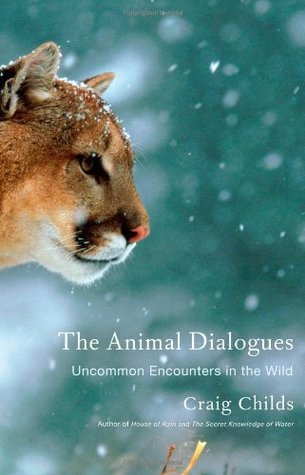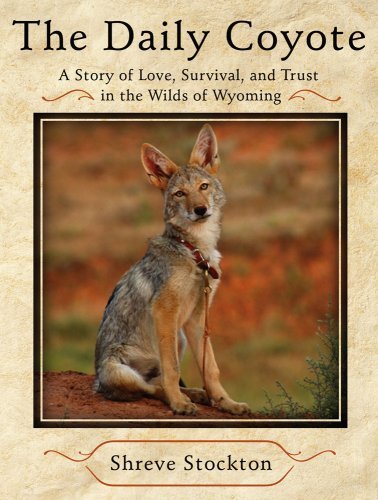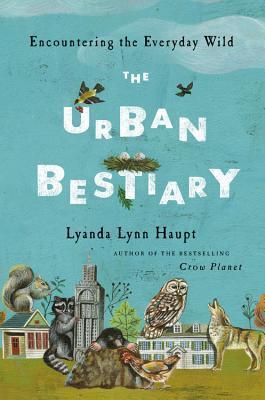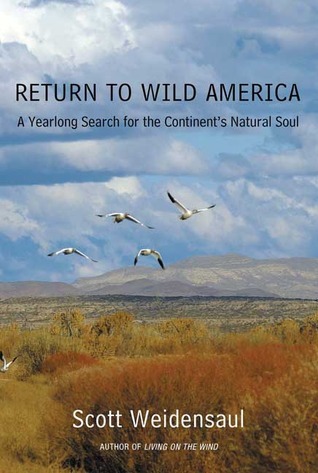
The Animal Dialogues: Uncommon Encounters in the Wild
Book Description
In the wild, every rustle, call, and glance holds a story waiting to unfold. "The Animal Dialogues" invites readers into the heart of untamed nature, where the boundaries between human and animal blur amidst moments of breathtaking intimacy and raw instinct. Craig Childs captures the thrill of unexpected encounters, blending vivid storytelling with profound insights about the wild's secret language. Each chapter brings the wilderness to life, revealing the lessons learned from its most elusive inhabitants. How will these stories challenge your perception of nature’s chaos and beauty? Prepare to see the animal kingdom through a captivating new lens.
Quick Book Summary
"The Animal Dialogues" by Craig Childs is a powerful collection of personal essays chronicling Childs’ encounters with wild animals across North America. Each narrative plunges readers into intimate, sometimes startling, moments with creatures like mountain lions, bears, bighorn sheep, and hummingbirds. Through evocative prose, Childs translates the intensity, vulnerability, and interconnectedness that arise during these close contacts between human and animal. More than a chronicle of natural observations, the book offers philosophical insight, urging readers to see the world not as an arena of human dominance but as a living tapestry where humans are just one thread. Childs’ encounters reveal the wildness within us all and challenge perceptions of nature as distant or other, encouraging a deeper respect and wonder for the untamed world.
Summary of Key Ideas
Table of Contents
The Intimacy of Wild Encounters
The book unfolds through a series of encounter essays, each focused on a single wild creature. Childs doesn’t merely observe these animals—his experiences are immersive, filled with adrenaline, awe, and vulnerability. Whether he’s locking eyes with a stalking mountain lion or witnessing the delicate dance of mating hummingbirds, Childs brings readers to the threshold of the wild, showing how human and animal lives briefly intertwine. His descriptions render the environment tactile and alive, making each meeting a dialogue—a silent exchange where both participants are changed.
The Language Beyond Words
Beyond these close encounters, Childs explores the unspoken language that exists in the wild. He deciphers warning signals, gestures, calls, and postures, suggesting that communication isn’t merely verbal but intricately woven through behavior and presence. Childs contends that paying attention to such signals fosters a kind of literacy in nature’s language. These moments of recognition—a fox’s wary glance, a snake’s stillness—become profound, teaching that meaning abounds where attentiveness meets humility.
Challenging Human-Centered Perspectives
Central to the book is a challenge to human exceptionalism. Childs urges readers to dissolve the barrier between observer and observed, recognizing that animals inhabit rich, emotional worlds of their own. By immersing himself in their domains, he confronts assumptions about human dominance, instead suggesting kinship and mutual vulnerability. The wild is not “other” but part of our shared reality; the border between species is fluctuating and porous.
The Beauty and Brutality of Nature
Childs’ writing illuminates both the exquisite beauty and the harsh realities of life in the wild. Encounters are often tinged with danger, as with bears or cougars, but also grace, like the fleeting appearance of a bobcat or the intricate movement of insects. Life and death, fear and wonder, are inextricably linked in these stories. The wilderness is neither sanitized nor solely threatening; it is complex, dynamic, and awe-inspiring.
Learning from the Wild
Ultimately, "The Animal Dialogues" is a book of lessons learned from the wild. Each meeting prompts reflection on the place of humans within the broader natural world. Childs finds that from every fox, owl, and elk, there is something to be understood—about awareness, respect, resilience, and impermanence. In opening himself to the wild’s unpredictability, he invites readers to do the same, fostering a renewed sense of reverence for the lives with which we share the earth.
Download This Summary
Get a free PDF of this summary instantly — no email required.





